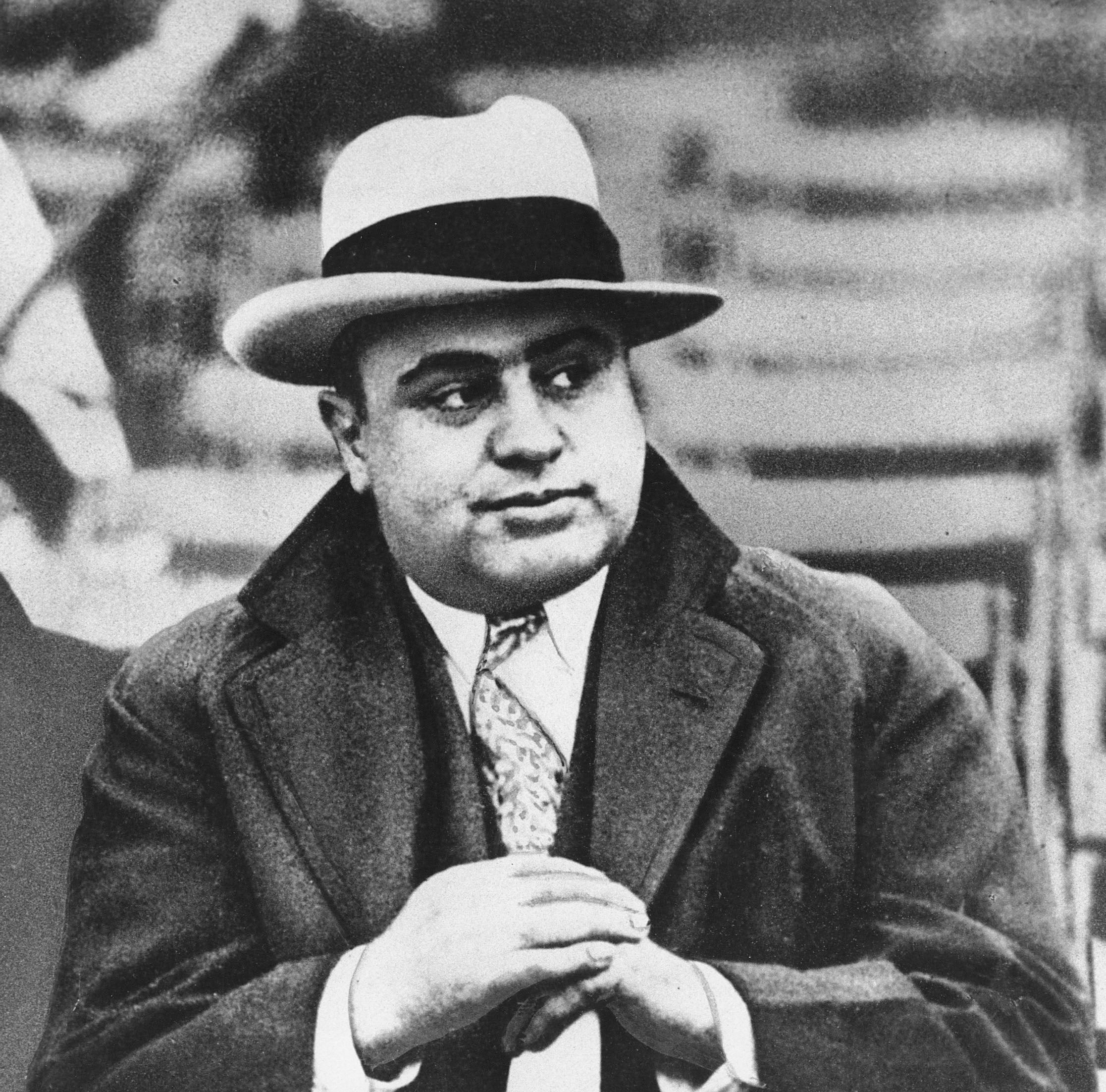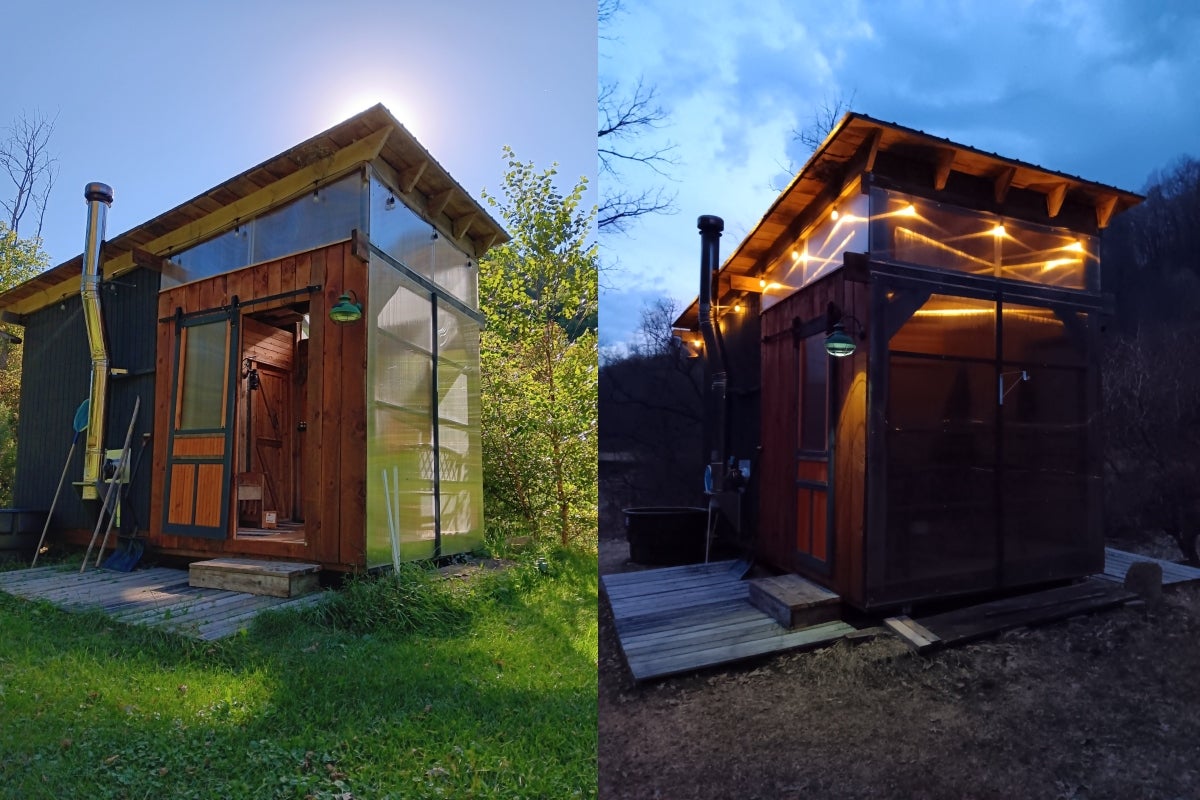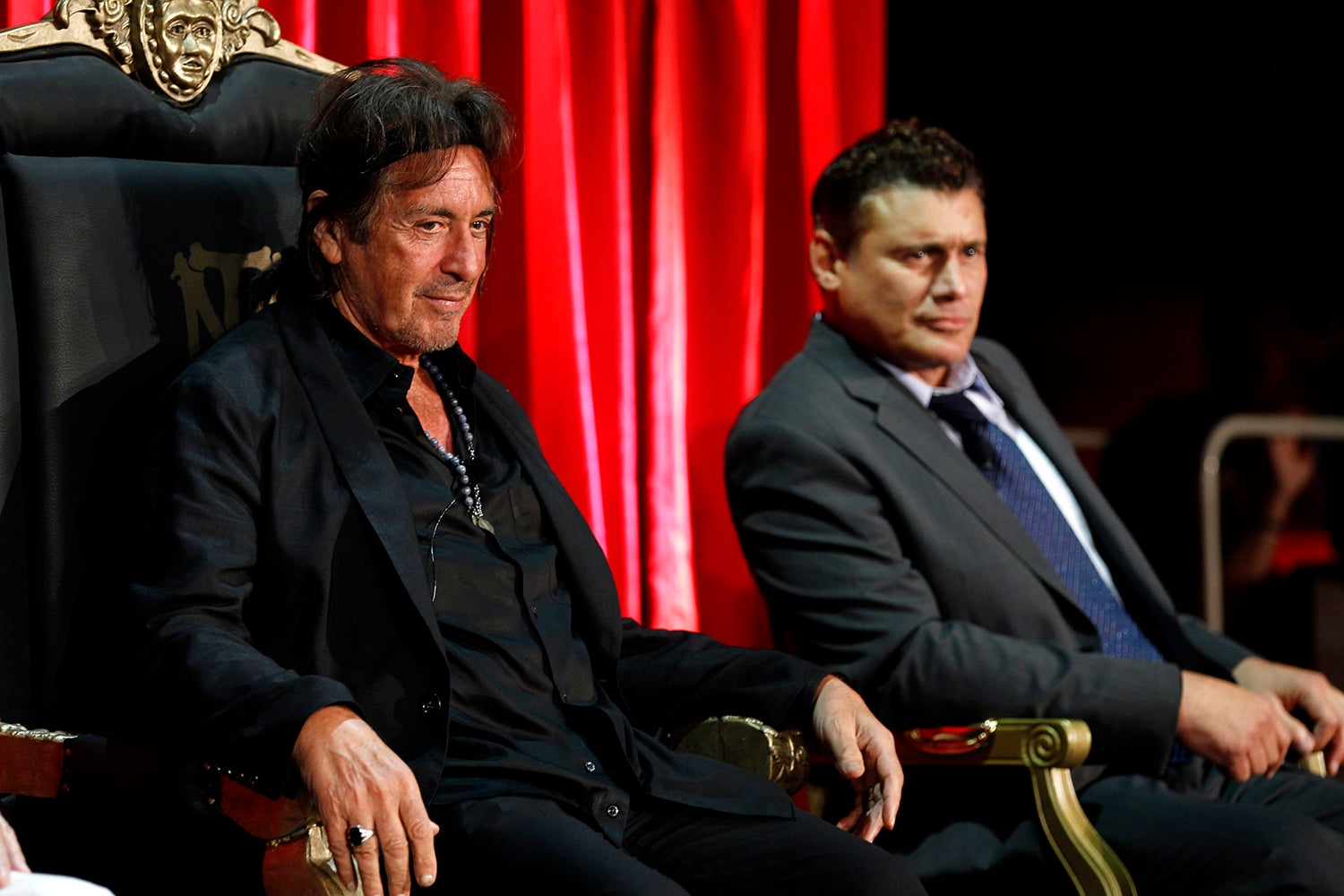There’s something about all the stories of Chicago gangster Al Capone roaming America’s Dairyland:
Good talk, not much game.
Capone had a house in Kenosha! He hung out in Door County! He sold cream puffs at the State Fair.
Stay informed on the latest news
Sign up for WPR’s email newsletter.
OK, we’re making up the last one; but you get the idea. If Al Capone in Wisconsin were a trivia category, it would have more fiction than fact.
“There are many local legends of Al Capone in Wisconsin, most of which I suspect were not true,” said Robert Ritholz, who has history degrees from the University of Wisconsin-Madison and takes friends on informal tours of Chicago mafia sites, sometimes in his antique Rolls-Royce.
“There really is very little evidence that Capone spent a whole lot of time in Wisconsin, and when he was in the state, he seems to have behaved himself,” Ritholz said.
Capone did find refuge one summer in at least one Wisconsin town. More on that later.
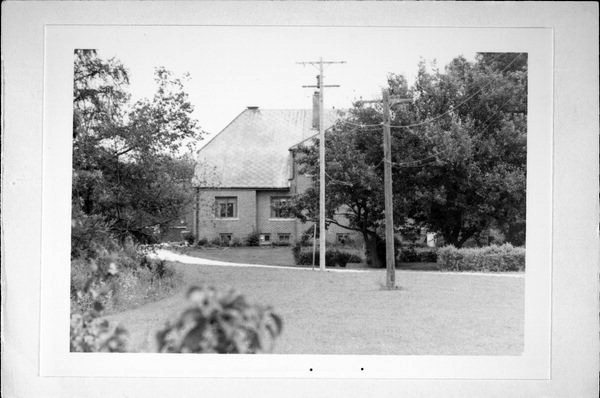
New Yorker rose to the top of organized crime in Chicago
Nicknamed “Scarface” for a knife wound on his left cheek, Capone was born in Brooklyn, New York, in 1899. Through connections from a street gang he joined, he moved to Chicago in 1920.
By 1925, he was — at age 26 — boss of the Chicago Outfit, leading a criminal enterprise that included gambling, prostitution, bootlegging, narcotics and murder, according to his FBI biography.
Capone’s undoing was federal tax evasion, which in 1931 landed him in prison for seven and a half years, some of it spent at Alcatraz. After his release, debilitated by the effects of syphilis, Capone lived on an island estate near Miami until he died in 1947.
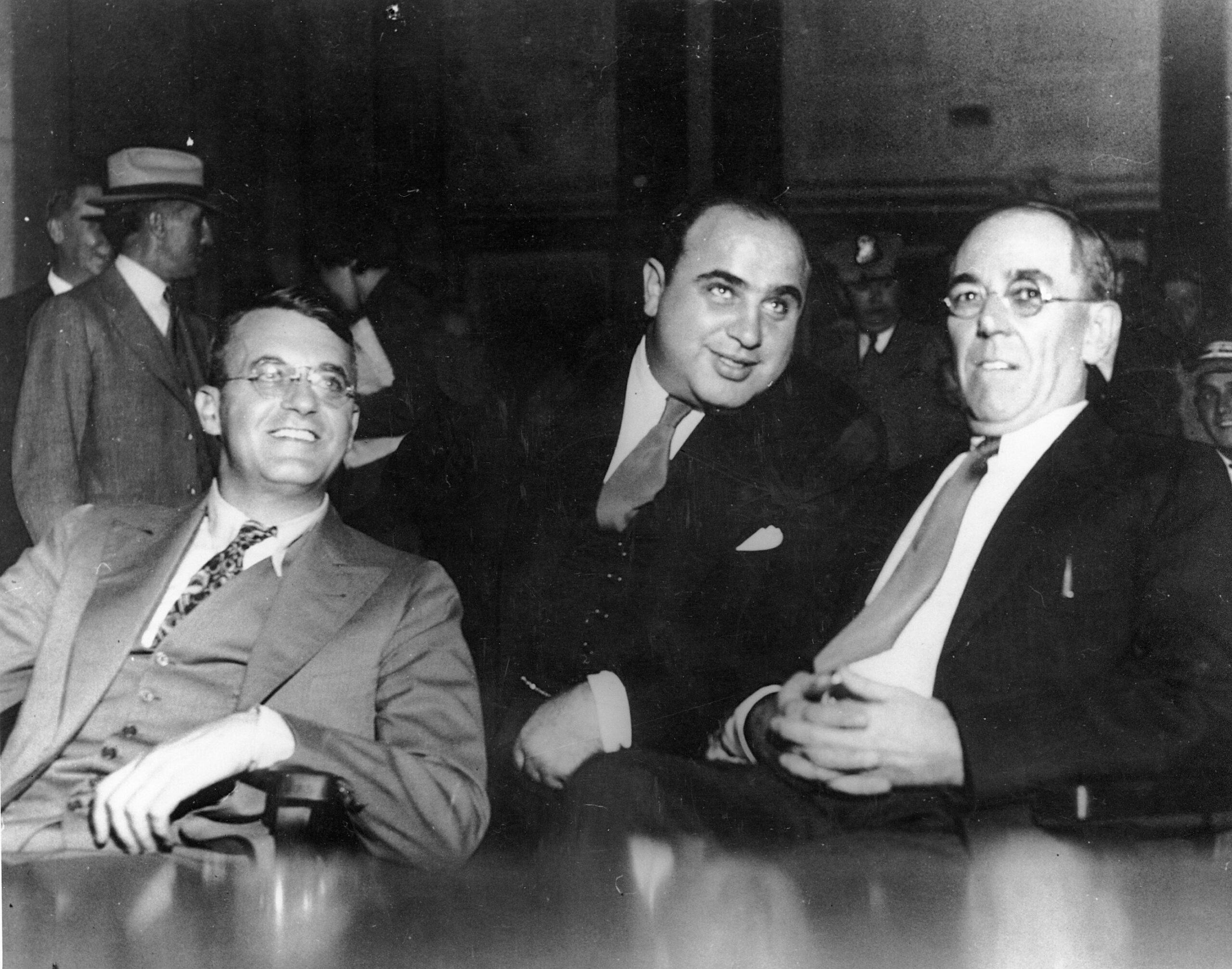
Was he here, was he there?
There’s no question that in his criminal heyday, Capone was like many Illinoisans who crossed the Wisconsin border, mostly to play.
It’s just not entirely clear where or when.
The Wisconsin Department of Tourism includes Capone as part of its Wisconsin’s Gangster Tour, even if the details are sketchy.
Perhaps one of the most cited Capone spots is near Couderay in Sawyer County, about half an hour southeast of Hayward and 330 miles northwest of Milwaukee. It’s unclear whether Capone had a hideout there or whether it was just an elaborate tourist attraction, according to a Fodor’s Travel guide.
A bank that foreclosed on the home said when auctioning it in 2009 that Capone owned the stone house, with 18-inch-thick walls and guard towers, in the late 1920s and early 1930s during Prohibition. It was operated as a tourist site, Al Capone’s Hideout.
Fodor’s said that Norwood Pines supper club in Minocqua, which offered gambling and a brothel upstairs, was a favorite of Capone’s.
Shaker’s Cigar Bar in the Walker’s Point neighborhood south of downtown Milwaukee claims it was the site of a speakeasy and brothel owned by Capone during Prohibition. It was run under the guise of a soda bottling operation, according to Fodor’s.
But Capone trekked to Wisconsin to hide out, so confirming his various Badger State whereabouts is elusive.
“Given his ‘line of work,’ Capone kept a low profile and there is not much documentation of his time in Wisconsin,” said Wisconsin Historical Society reference archivist Lee Grady.
A 1929 Rhinelander Daily News article said a lodge near Cranberry Lake was purchased by Capone’s lawyers. But the article noted there is more than one Cranberry Lake in Wisconsin.
“There are clearly some places that he never went to, but pretend that he did,” said New York biographer-historian Laurence Bergreen. His 1994 book, “Capone — The Man and the Era,” was called “the definitive biography” by The New York Times Sunday Book Review.
Capone’s known Wisconsin refuge was Round Lake, especially during the summer of 1926, said Bergreen, who interviewed residents, Capone family members and law enforcement officials for his book.
Wanted by law enforcement in Chicago and suburban Chicago Heights, where his gang was centered, “Capone went there to lie low,” Bergreen said.
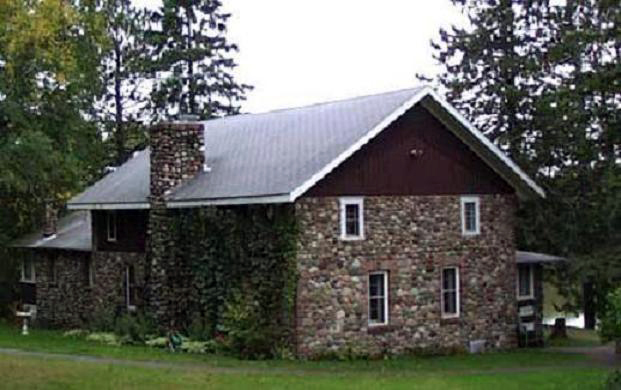
In Round Lake, which is about half an hour northeast of Couderay, Capone enjoyed fishing, lying in a hammock, playing opera records and spending time with a girlfriend named Virginia, Bergreen said.
“There were a couple of gunmen that were around, but Al made it a point not to walk around with a machine gun,” Bergreen said.
Those who encountered Capone there generally liked him.
“He was remembered by people whom I interviewed as Uncle Al, as a rather benign figure who was not partly menacing, who enjoyed playing with kids. He was very generous,” Bergreen said.
“They all pretty much said the same thing, that he was soft spoken, that he was dignified and that he was very well dressed.”
This story was inspired by a question shared with WHYsconsin. Submit your question below or at wpr.org/WHYsconsin and we might answer it.
Milwaukee journalist Tom Kertscher was a 35-year newspaper reporter, finishing that career at the Milwaukee Journal Sentinel. Now a national freelance writer, he is a contributing writer for PolitiFact, a sports reporter for The Associated Press and a contributor to other publications. His reporting on Steven Avery was featured in Making a Murderer. Kertscher is the author of sports books on Brett Favre and Al McGuire. Follow him on Twitter at @KertscherNews and on LinkedIn.
